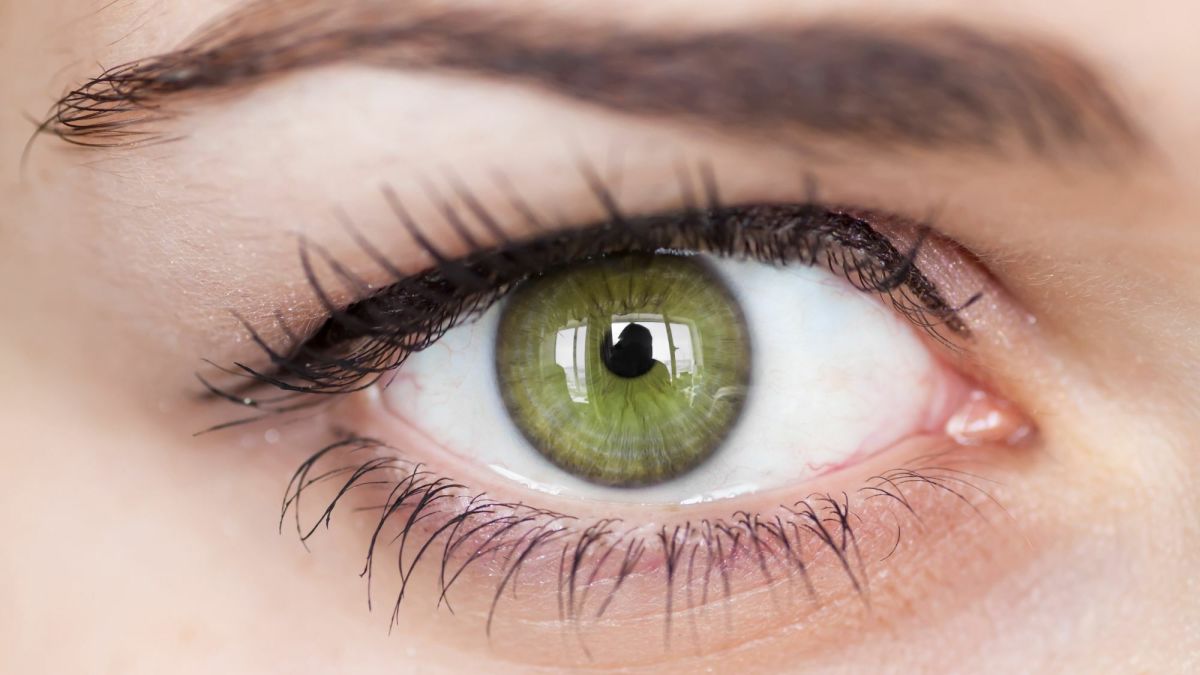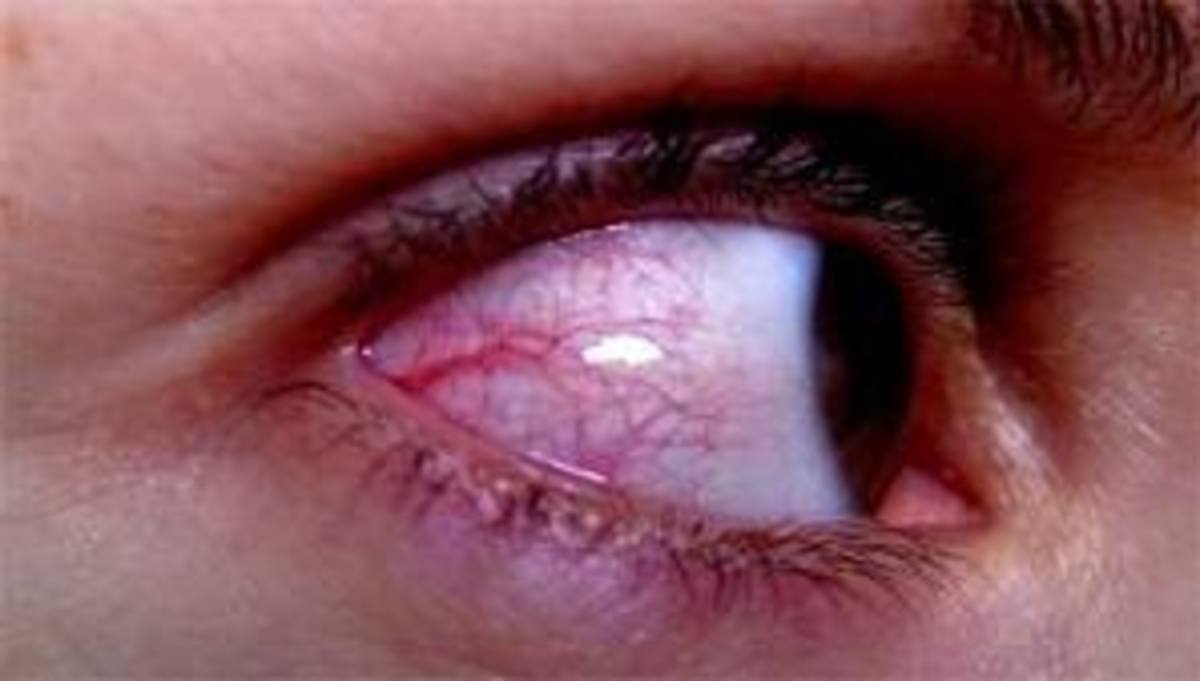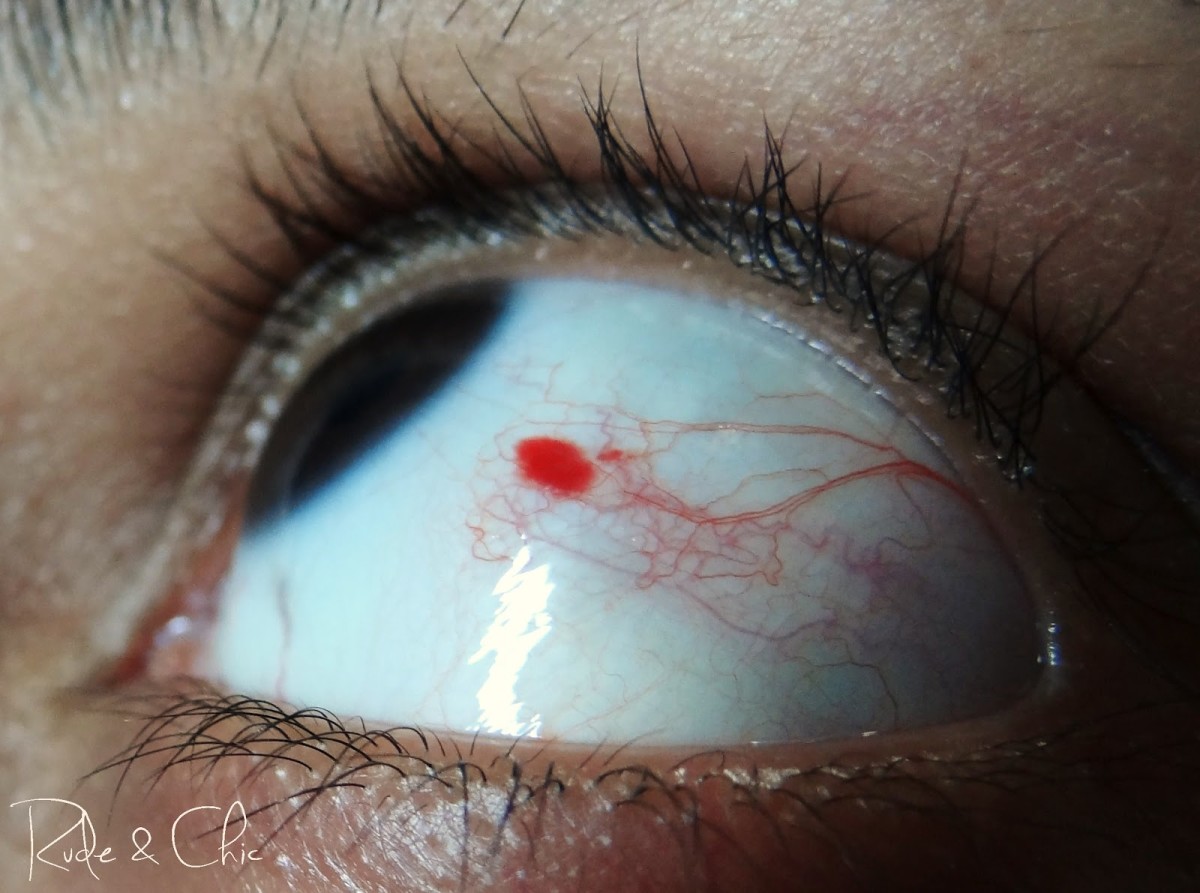Eye Strain and Fatigue Caused by Blue Light (Are You at Risk?)
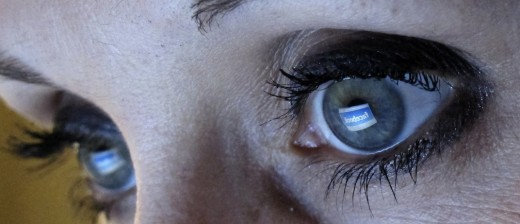
From recent surveys, there are indications that up to 40% of Americans have moderate to severe eyestrain / eye pain. Moreover, 70% of these same Americans have at least some suspicion that their devices are to blame for their current eye condition. It is no wonder then that now a flood of research, engineering and product design dollars have gone into curing (or at least alleviating) this common malady, which many suspect has its causes in our increased exposure to blue light over the past 2 decades. In this article we will investigate the effect of blue light on eyesight, on sleep, computer fatigue and the various techniques you can use to protect your vision health.
What is Blue Light?
White light, the light we receive from the sun that allows us to see during the day, is composed of different wavelengths. The different wavelengths that compose white light are depicted in figure 1 below.
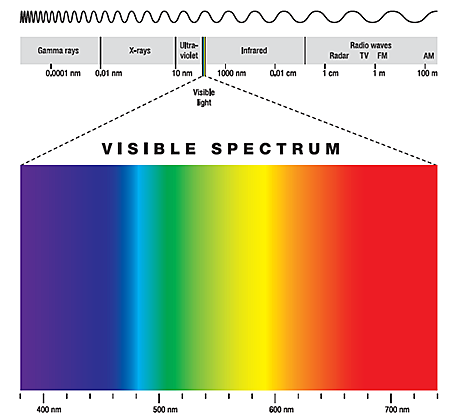
As you can see from the left side of the color diagram, white light is composed of a significant portion of blue light. Moreover, as you can see from the ruler on top of the color bar, blue light has a shorter wavelength than any other type of light in the visible light spectrum. Essentially this means that blue light is the most energetic component of visible light. This has many consequences for how our body reacts to daylight, dusk and nighttime.
Blue Light and our Health
Understand that, given the right time of day, blue light can be especially beneficial for your health. Blue light increases overall attention during the daylight hours. Once the blue wavelength of light enters the retina it serves to suppress melatonin production in our bodies, in effect keeping us alert and awake throughout the day. In fact, those with severe sleep problems and SAD (Seasonal Affective Disorder) are often advised to expose their eyes to "blue light heavy" sources of light.
However, too much blue light does have a downside, particularly when it relates to blue light and sleep (see blue light insomnia). The latest scientific research suggests the following:
- Exposure to blue light between the hours of 9 - 11 pm shortens overall sleep times in young adults.
- The same amount of exposure suppresses melatonin production and decreases sleep quality.
The sources of blue light that cause our bodies such calamity are typically our ubiquitous electronics: Computer screens, cell phone screens, smart watches, HD TV screens, etc. However, seemingly innocuous sources of light that households use everyday have also been proven to disrupt or natural circadian rhythm: flourescent light bulbs, energy efficient light bulbs, led lights, electronic alarm displays, etc. In addition, ground-breaking medical research from Harvard Medical School has indicated that there could be some very extreme long-term effects to night-time blue-light exposure (especially if you are someone who's occupation requires that you take a night shift
).
Long Term Effects of Excessive Blue Light Exposure

In one highly publicized Harvard study, researchers rearranged the schedules of 10 people so that their circadian rhythms were thrown off by the effects of blue by only 2 or 3 hours (a typical situation for many people in developed countries). The results were staggering. The levels of blood sugar in study participants increased so much that it threw some of them into a prediabetic state. Additionally, the levels of leptin, the appetite-suppressing hormone produced in the body, went down considerably.
And as If this weren't proof enough of blue lights effects on our eyes and overall health; overall statistical analysis of populations who are inordinately exposed to blue light at night (i.e. night shift workers), links excessive night time exposure to cancer and heart disease.

Potential Solutions
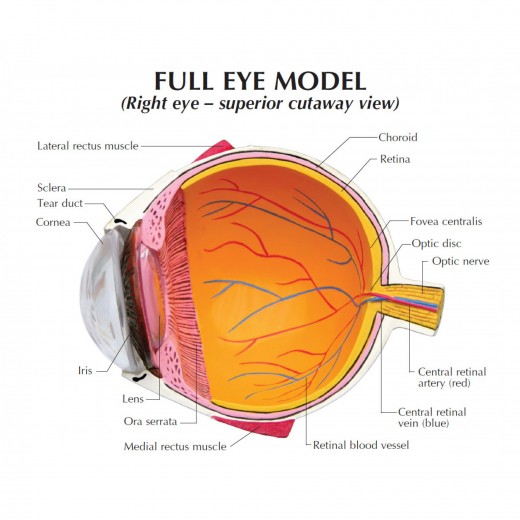
Now for the helpful stuff. Blue light and blue light insomnia may be one of the biggest (yet understated) health burdens of our modern age. However, with modern techniques, good habits and a little testing; you may be surprised by how much you can limit the blue light effect on sleep and overall health. Here are my top 4 favorite solutions.
1.) Exchange your blue-light heavy LED and Flourescent light for dim red/amber lights.
All the visible wavelengths of light will suppress the melatonin inside your body to some degree. However, wavelengths of light that tend towards the orange-red side of the visible light spectrum (see chart above) have the least ability to reduce melatonin and shift circadian rhythms. See below some options for melatonin friendly light bulb options.
2.) Avoid staring at bright screens 2 - 3 hours before bed time.
This piece of advice is especially difficult for me to follow. Almost everyone I personally know checks their phone or their laptop before nodding off into la-la land. But our modern knowledge of biology indicates that this piece of advice is very relevant. After exposure to an intense degree of blue-light (and a subsequent decrease in melatonin), it takes about 1.5 hours for melatonin levels to recover to their appropriate levels.
3.) Consider wearing blue-light blocking eyewear and/or using screen filters on your devices
This piece of advice is especially relevant if your work a night shift. In cases where your nighttime hours (and therefore circadian rhythms) are unavoidably interrupted by blue-light wavelengths.
Thankfully, there are a plethora of options available to keep blue light at bay. These products range from blue blocking glasses, blue light screen filters, and software that attempts to take blue light out of computer screen (or your phone screen). I have listed some of this options below for your consideration.
4.) Take frequent breaks from looking at nearby screens and try focusing on something in the distance (at least 20 feet away)
All over the internet you will hear references to the "20-20-20" rule which basically states that to avoid eye strain "every 20 minutes you should take 20 seconds to look at something at least 20 feet away from you." Many people have reported benefitting greatly from this simple rule. Personally, I take a break from screen-watching every hour or so.

